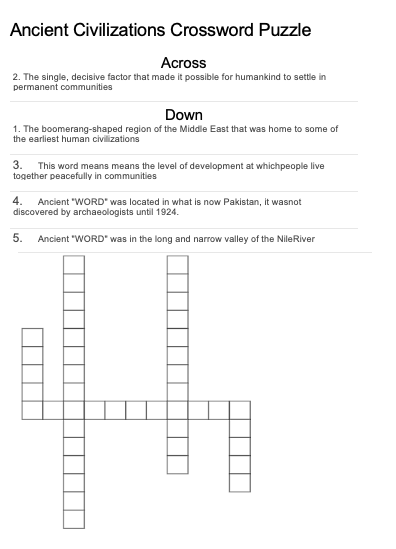Infographics for the Classroom

In preparation for my simulation assignment, I found a few useful infographics to help children to learn about skin color, which connects to my unit of "Who We Are." As my assigned school for the simulation is in the Ivory Coast, I think it's very important to address skin color differences at the beginning of the year to help students to understand why people have different skin colors (melanin) and that the reason in purely scientific. With this, the expectation can be set to treat one another with kindness and respect and not to discriminate because of someone's melanin. In this infographic, I want students to see the layout of skin color of native peoples across the globe, and to begin to build some connections between the inner countries and skin color. First, I have the infographic showing early human migration out of Africa. This is to help students later build the connection of skin color and how the further human went from Africa, the lighter their skin go...




